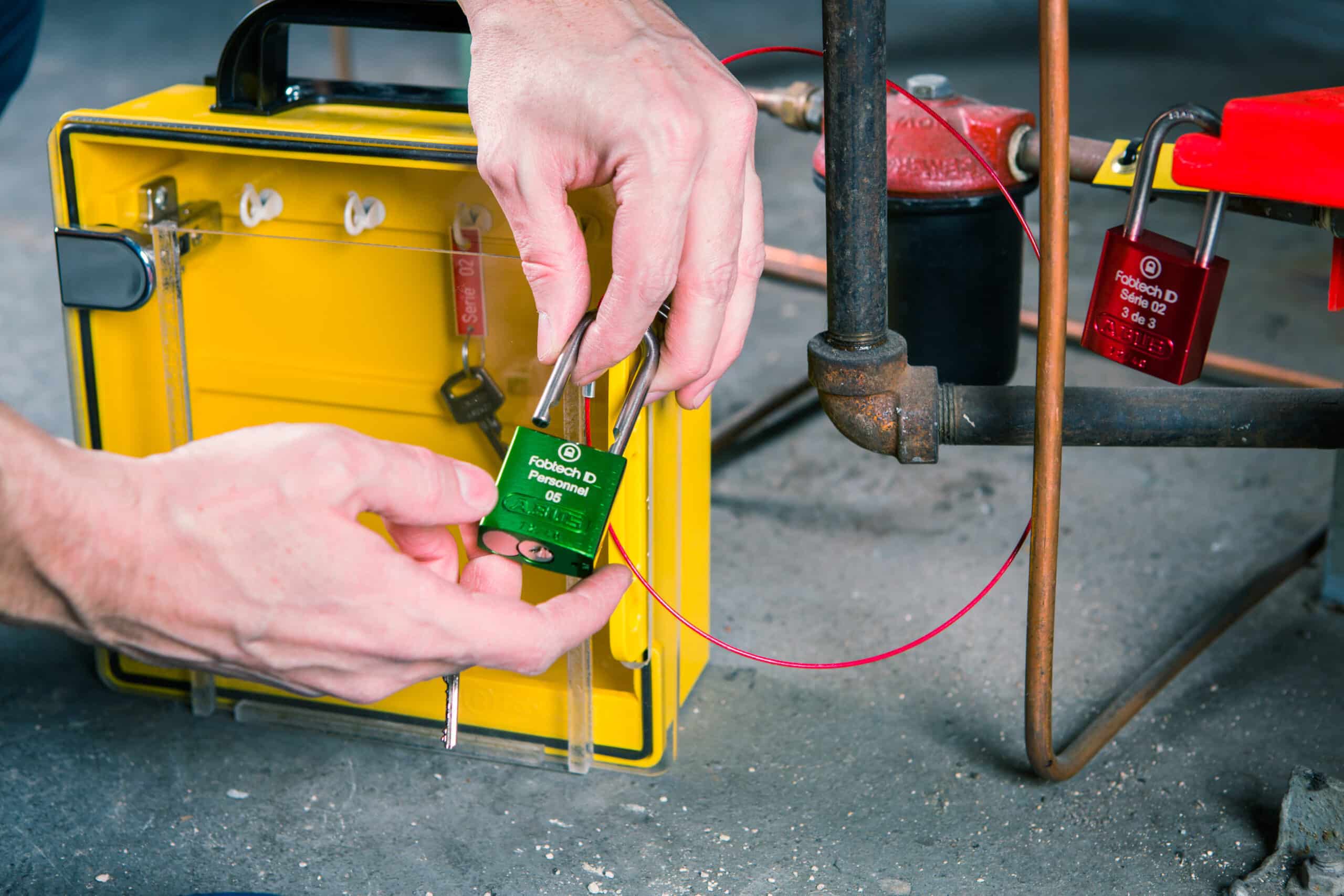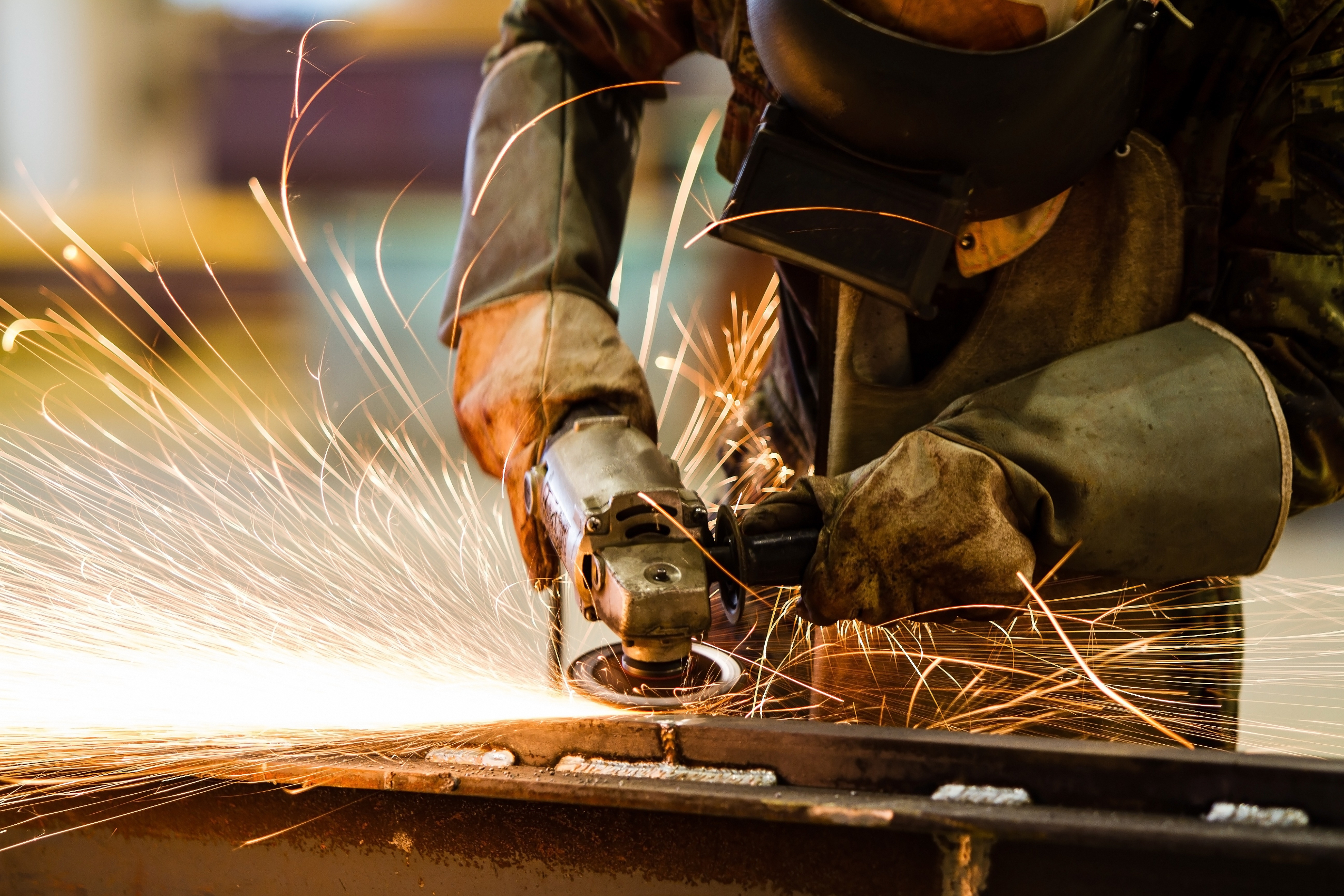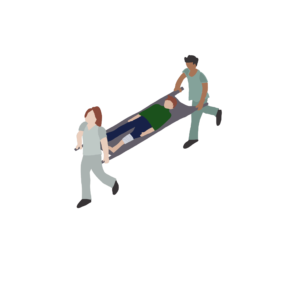LOTO | Different Types of Locks for Different Purposes


How to Handle a Workplace Incident
29 July 2021
When an accident happens at work, it’s necessary to perform the proper steps correctly so that everyone stays safe and a good investigation can occur. A good investigation is not to find blame but to discover what caused the accident to prevent it from happening again.
Let’s walk through a scenario to help illustrate the steps and show why they are necessary.

While cleaning inside a tank, a worker loses consciousness while another worker and the confined space supervisor watch. Your first reaction is to rush to the victim as fast as you can, but that could be a fatal error. Your first step must be to make sure the area is safe to enter.
The entire company should know this first step, not just the EHS personnel. The first person on the scene should direct someone to contact the safety person while they assess the safety of the area.
With the area safe to enter, any injured parties can be brought out and treated. Once the emergency is taken care of, it’s time to start the investigation. Depending on the size of the company, this could be done by the safety person or a supervisor, or whomever is assigned this task.
The area has to be frozen so that nothing gets moved or contaminated, much like a CSI scene on TV. Your goal is to discover the What, Why, When, and How of the incident. This is the fact gathering portion. There are several reasons you want to do this quickly.
One of the facts of the incident is Who got injured. But it’s not one of the What, Why, When and How questions you’re trying to uncover. Not only is the identity of the injured party irrelevant at this point, it can damage the investigation.
Let’s say that the injured worker is someone that the investigator is really close to. Then it’s possible that the investigator will only look for what she wants to find when doing the fact gathering. Or she might skew the data to make sure her friend isn’t punished in any way.
What if you put the injured person’s name on the report and the investigator knows that this person is not the best worker, has had other accidents, and isn’t well-liked by the investigator? She might think that the injured person is the cause of the accident before even starting the investigation. People can easily be biased without consciously being aware of it. They also tend to get lazy and take the easy route. Investigators are no different.
What is relevant to the incident is the type of person involved. Was he a subcontractor, a temp, a pedestrian walking by?
The basic steps are:
It’s more convenient to look for a simple explanation, or cause of the incident rather than looking deep enough and finding the actual causes (most of the time there’s more than one). Unfortunately, most people will tend to stick with what they saw. “The worker was hot and became unwell.” For example. The think that once they find the obvious cause, there is no reason to dig further to see if there are any other causes.
And that’s what we’ll be discussing in part 2 of this article (coming soon!). How to dig deeper to find all the relevant causes so that your investigation will give great insights into how to improve worker safety.
By Maxime Ouellet,
Chief Growth Officer
CONFORMiT
P: +1 888-545-9265 x 406